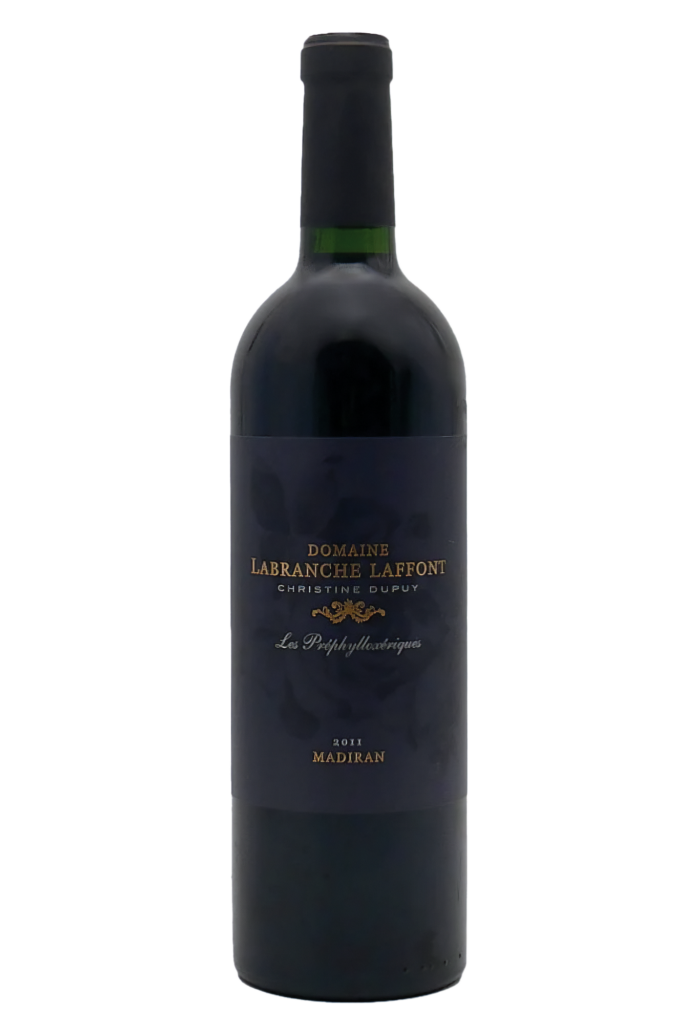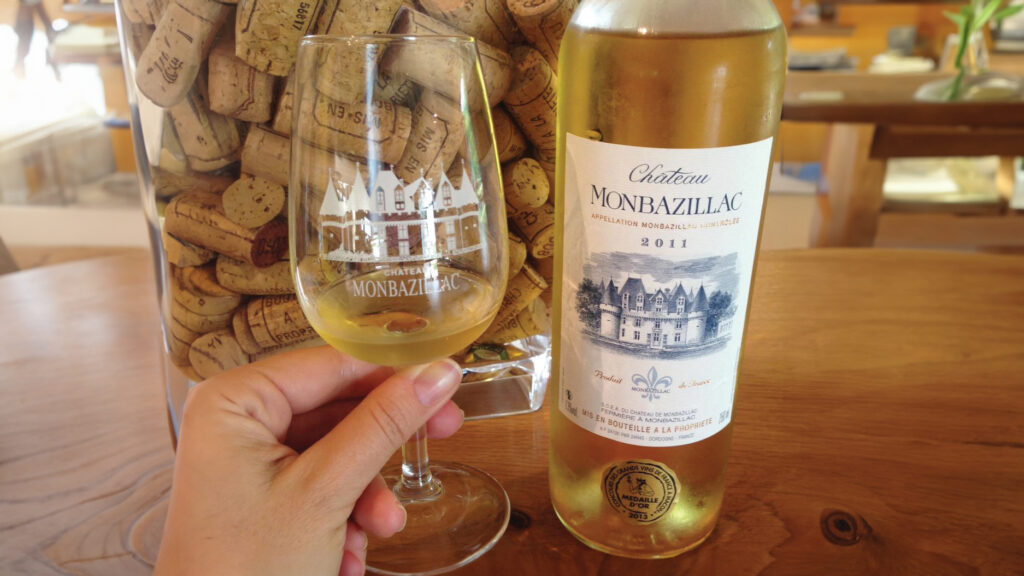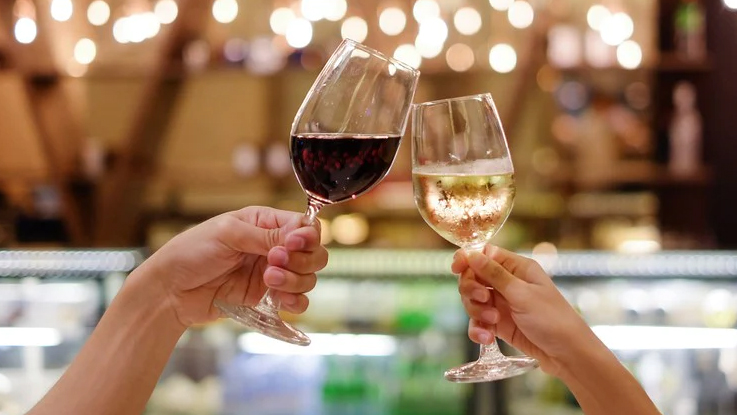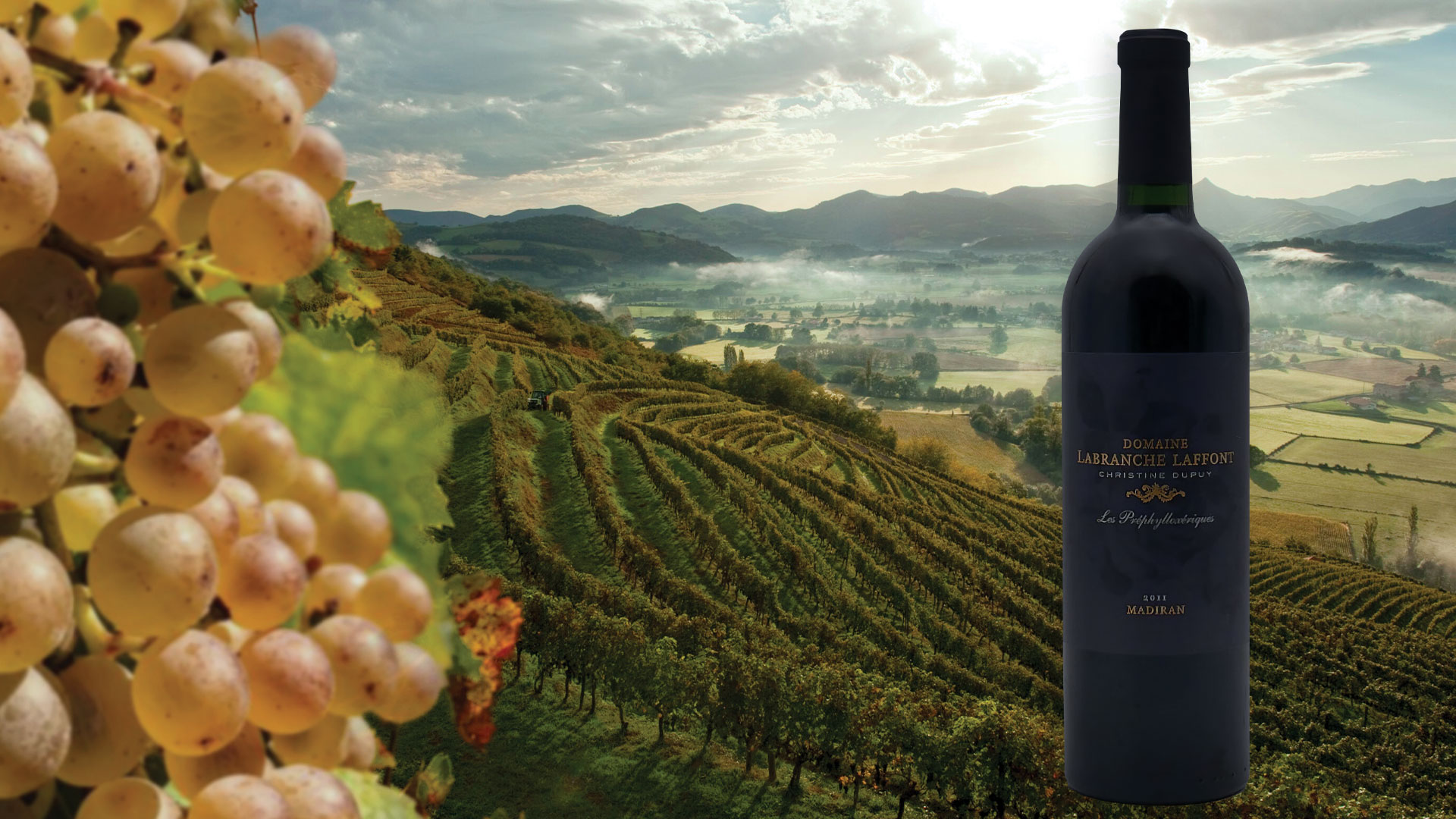Southwest France has a long winemaking tradition with ancient grape varieties that predate the Romans. Stretching out from the foothills of the Pyrenees, the broad area of two administrative regions – Occitania and Nouvelle-Aquitaine – has a varied landscape and a wide range of highly specific vineyards and winemaking.
The mosaic of vineyards in the South West France wine region produces sparkling, white, rosé and red wines, all with different profile characteristics, according to Nicolas Eyquem, Head Sommelier at Black Sheep Restaurants.

Eyquem adores the natural beauty of the Sud-Ouest and delights in the diversity of wines in the region from appellations that are generally less well known like Irouléguy in the Northern Basque Country, Gaillac. Monbazillac, Cahors and Madiran and Fronton.
Franckly drinking
Eyquem is particularly fond of the wines from Franck Lihour. Lihour makes wine in the Jurançon appellation, located between the Pyrenees and the ocean. The estate covers 55 hectares with meadows, woods, cereal crops and 12 hectares of certified organic vineyards.
“Franck made the choice to isolate the plots of vines to produce single-vineyard wine – one dry, one sweet and three plots yielding his Caubeigt, Memòria and Tauzy wines. These are made with native grapes such as Petit Manseng, Gros Manseng and reintegrated Petit Courbu and Camaralet in the blends,” says Eyquem.
He also applauds Lihour’s winemaking vision, using native yeast and adding a few sulphites only at bottling to keep the purity and the tension of the wines.
Pyrenees pleasure
Highlighting the talent and versatility of Sud- Ouest winemakers, Eyquem describes the tastes and aromas of some of his favourite wines from vineyards spread across the region.

First up is Pyrénées-Atlantiques wines, which are produced inland from Biarritz in the foothills of the mountain range. “The dry white wines from Irouléguy, Jurançon and Béarn are lively, vibrant and aromatic with exotic citrus and apricot flavours,” he says.
Moving on to the south of the Dordogne wine region, he favours “the red wines from Madiran, made with the Tannat grape, and Cahors from Malbec. They are dark in colour, robust, sometimes rustic, and concentrated, with black fruit dominant and a touch of spice.”
Gaillac sparkle
At Gaillac, a commune in the Tarn department, a méthode-ancestrale sparkling wine is made with the Mauzac grape. “The result is a semi-sparkling style of wine with a touch of sweetness, combined with dried apple-peel flavours,” says Eyquem.

According to the sommelier, Marcillac made from the unique Fer Servadou grape is the most famous wine from the patchwork of small appellations in Aveyron in the Massif Central. “It’s a lovely light red, juicy and peppery.”
Bergerac delights
He then highlights the sweet-wine appellations of Bergerac, “Using Bordeaux [grape] varieties, Monbazillac, Saussignac and Rosette are generating botrytized wines that are mellow with candied apricot, vanilla and honey flavours,” he says. He heartily recommends these wines, which are proudly offered on his wine list.



